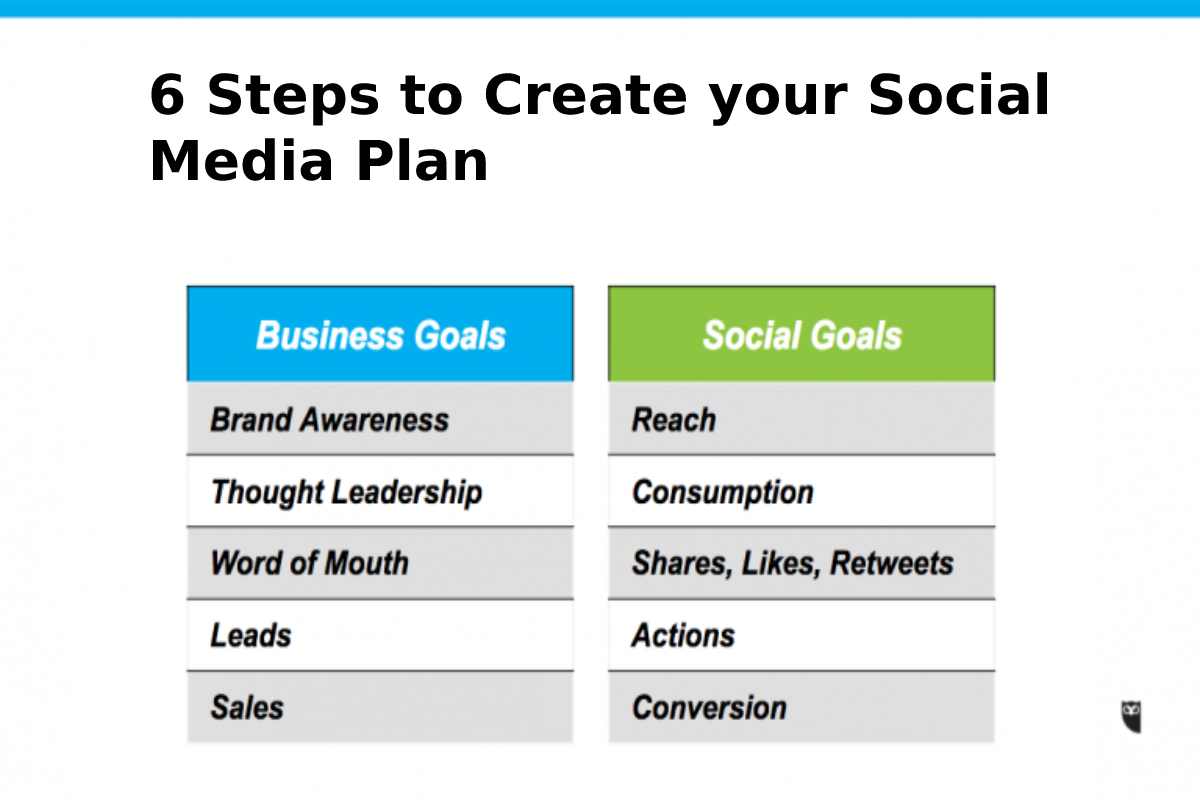Social Media Plan – Many times when it comes to thinking about a marketing plan in social networks we think it is something simple or simple or we have no idea how to create it. To be honest, some knowledge and experience are required to create and manage an adaptable plan, decent and that works for your business or company.
This can give you a bit of fear when trying to create it on your own, do not worry, that is why we share this guide to help you create it.
To get started… What is a social media marketing plan?
“A marketing plan in social networks is the summary of all the strategies, tactics and actions that will be carried out, with the aim of achieving the proposed goals for the business using social networks.”
Tweet “A social media marketing plan is an ever-changing written roadmap.
A social media marketing plan is also a written roadmap that must be constantly changing. A good plan is one that can be modified as we move forward.
Your social media marketing plan should include at least 6 steps:
Table of Contents
Step 1: Setting Goals and Objectives
The first pace to any social media marketing plan is setting goals and targets that you hope to achieve. Start with a great action plan template that will help you in the process. Having these goals also allow you to react fast when campaigns are not meeting your expectations. Without these goals, you have no way to measure your success and there is no means of proof of your ROI.
These goals need to be aligned with your marketing strategy, so your social media efforts work toward all of your business goals. You should also go beyond “vanity” metrics such as (RTs) Re tweets or Likes, in favor of more advanced metrics such as:
- Leads generated.
- Feeling towards the brand.
- Followers engagement.
- Number of new subscribers.
- Traffic referred to the website.
Strive to get closer to these goals using the SMART approach , meaning everything that needs to be specific, measurable, achievable, relevant, and time-bound.
Step 2: Social Media Audit
Before making your social media marketing plan, you need to assess your current social media usage and how it is working for you. This requires finding out who is currently connected to your business through social media. What social sites do you use for your target market and what is your social media presence like and how it compares to your competitors.
Once you have carry out your audit, you will have a clearer image of all the social accounts, which they represent in your business, what results you have from them, and what they are for in your new strategy.
Step 3: Create or Improve Social Accounts
Once you have audited your accounts, it is time to fine-tune your online presence. Choose the best networks that suit your objectives, if you do not have profiles in a certain important network for your business, build from scratch with your objectives and your target audience in mind. If you have existing accounts, now is the time to optimize and update them to try to get the best possible results.
[Tweet “Each social network has a different audience and must be treated definitely differently. “]Each social network has a different audience and should definitely be treated differently. The optimization of SEO profiles can help generate more web traffic and greater reach on your social networks …
Step 4: Research And Benchmarking
Get inspiration from across social media and investigate how industry leaders, your competitors, and how your customers are sharing. One of the most important reasons to be active on social media is that “consumers are already there.
This actually means that there is a wealth of knowledge already available to you that can be integrated into your social media marketing plan. Turn to your competitors for motivation when it comes to what kinds of content and information get the most social media engagement.
Some sources to inspire you and see how companies are doing globally and locally:
- Facebook: Coca-Cola, Adidas,
- Google+: Cadbury, National Geographic,
- Twitter: Charmin, Oreo,
- Instagram: General Electric, Red Bull, Starbucks
- LinkedIn: top 10 brands
Step 5: Create A Unique Content Plan And Editorial Calendar
Quality content will be essential to be successful on social media. Your plan should include a content marketing plan, integrated strategies for content creation and content curation, as well as an editorial calendar.
Before creating your content marketing plan, you must answer the following questions:
- What category of content do you want to share?
- How often to publish content?
- What type of content to use for each type of audience?
- Who will create the content?
- How will the content be promoted?
Your editorial calendar lists the times and dates that you intend to post blogs, Facebook messages, Twitter messages, and other content that you can plan to use during your social media campaigns. Create your calendar and then schedule your messaging in advance instead of constantly updating throughout the day. You want to effort hard on the language and plan of these messages anyway. Be spontaneous with your appointment and customer service rather than your content.
Make sure your calendar replicate the mission statement you have assigned to every social profile. If the reason of your LinkedIn account is to generate leads, make sure that you are sharing enough lead generation content.
If you are not sure how to assign content, content schedule template or what type of content you should share and promote, one idea is to follow the law of thirds.
- 33% of your content to promote your business, or to convert readers into users and users into customers.
- 33% of your content should come up and share ideas and stories from thought leaders in your industry or related companies.
- The other 33% of your content should be based on personal interactions and branding or brand promotion.
Step 6: Test, Evaluate And Adjust The Plan
To know what adjustments should be made to your social media marketing strategy, you must constantly be testing. Each action must be with some objective and documented to later evaluate what worked and what did not.
For example, you can track your links with the URL shortener codes. Use social media analytics. Visit Google Analytics to find out which network your traffic is coming from.
Surveys are also a good way to measure success. Ask your social media followers, your email list, and website visitors if they like how they are doing on social media or you can use a tool like Survey Monkey. This direct move toward is often very effective.
Then ask your offline clientele if social media played an important role in their purchase. This information could prove invaluable when looking at where to improve.
To End
The most important thing about your “social media marketing” or “social media” plan is to understand that it must be constantly changing. As new networks appear, you may want to add them to your plan. It is also real and you may have to adjust or find new goals for each network.
New challenges will be presented constantly, rewrite your strategy and goals as many times as necessary and make sure your team is aware of what you have updated. Success with your plan!
Also Read: What is Strategic Marketing – Concept, Functions, and More
Also, You can find more helpful resources at Blog4techies.



